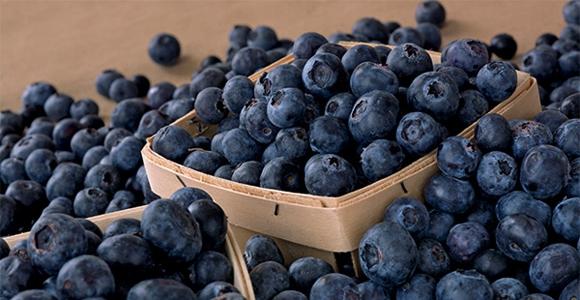Stink bugs are often more brightly colored with orange or red markings. Nymphs are wingless, although wing pads are apparent.
Facts:
- Stink bugs overwinter as adults in ditch banks, under boards or other similar materials.
- They become active in spring when temperatures rise above 21 C (70 F).
- Each female oviposits up to several hundred eggs.
- Nymphs hatch and pass through five instars before becoming adults.
- Approximately 4 to 5 weeks elapse between hatching and adult emergence.
Damage:
- Can damage larger green and ripe fruits.
- They also can raise their brood within fruiting clusters.
- Pierce plants with their needlelike mouthparts and suck sap from pods, buds, blossoms and seeds.
- The degree of damage depends, to some extent, on the developmental stage of the plant when it is injured by stink bugs.
- Immature fruit and pods punctured by bugs become deformed as they develop.
- Seeds are often flattened and shriveled.
- Germination is reduced.
Control:
- Hand-picking may lower number sufficiently to prevent injury.
- Chemicals may also be used.
Reference:
Carlson, Elizabeth. Stink bugs (Brown and Green). Retrieved 02 July 2010.



